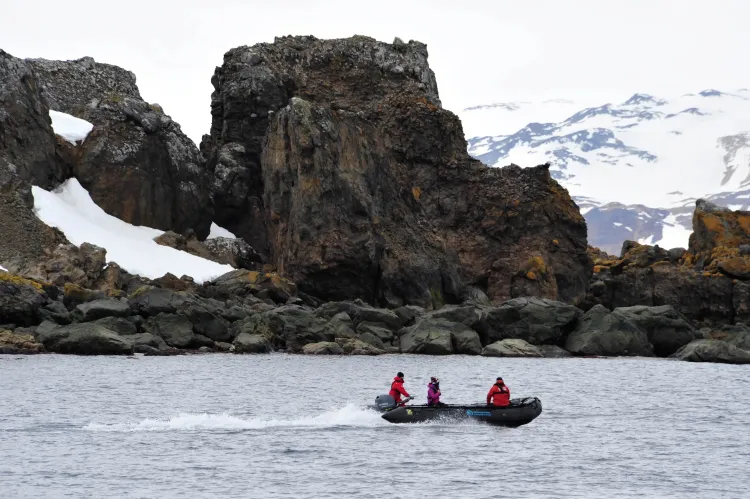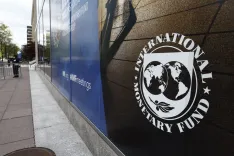Innovative Australian Map Aims to Bolster Biodiversity Conservation in Ice-Free Antarctica

Synopsis
Key Takeaways
- New high-resolution map of ice-free Antarctica.
- Classification system with nine units and 269 ecosystem types.
- Focus on protecting biodiversity amid climate change.
- Ice-free land covers less than 0.5% of Antarctica.
- Research led by UNSW Sydney.
Sydney, Jan 29 (NationPress) Researchers from Australia have developed a new, intricate map of Antarctica's ice-free regions, which they assert will significantly contribute to the protection of the continent's biodiversity.
The research team, spearheaded by experts from the University of New South Wales (UNSW) Sydney, presented the new, high-resolution map on Wednesday, along with a comprehensive classification system for the ecosystems found in Antarctica's ice-free areas.
As per the findings, land that remains permanently ice-free accounts for less than 0.5 percent of Antarctica's total area; however, these ecosystems house the majority of the continent's biodiversity and are increasingly threatened by human activities and climate change.
Aniko Toth, the lead author of the study from UNSW, emphasized that the ice-free zones are inhabited by uniquely adapted flora, multiple species of arthropods, microbes, and breeding colonies of various seabirds including penguins, gulls, and albatrosses.
As the climate shifts and ice recedes, these land patches are expected to become milder and more interconnected, allowing species from lower latitudes to migrate in, according to the Xinhua news agency.
"This presents a different challenge than what many conventional ecosystems encounter today. Rather than facing fragmentation and reduction of habitat, the ice-free regions will expand and become more linked," she stated in a media release.
"This shift could dramatically alter the dynamics and species composition of these ecosystems, which often rely on isolation for their uniqueness."
Researchers noted that the new classification system organizes the ecosystems into nine primary units, 33 habitat complexes, and 269 bioregional ecosystem types. This will facilitate systematic risk assessments, strategic establishment of new protected areas, and tracking of conservation goals.
Senior author David Keith referred to the map and classification as a groundbreaking advancement in understanding Antarctic ecosystems.










